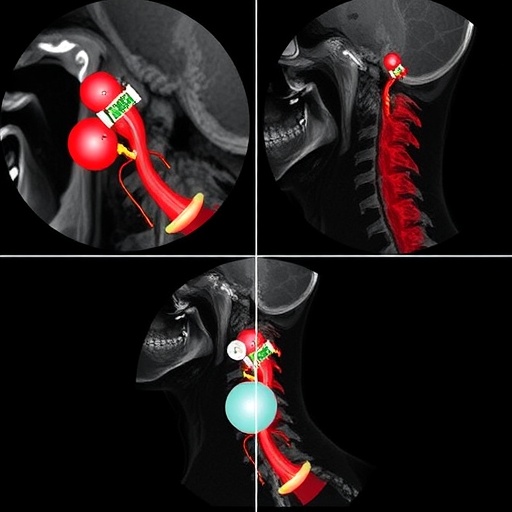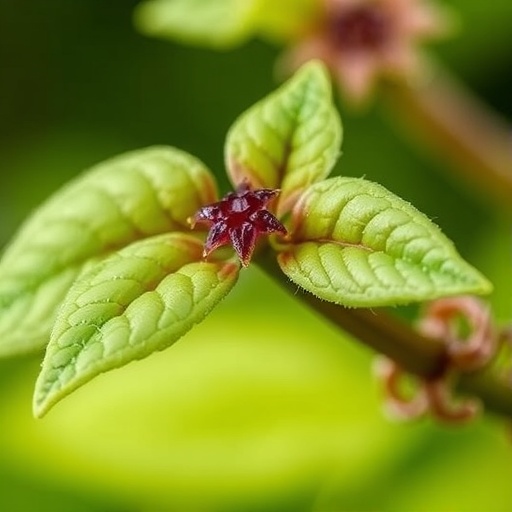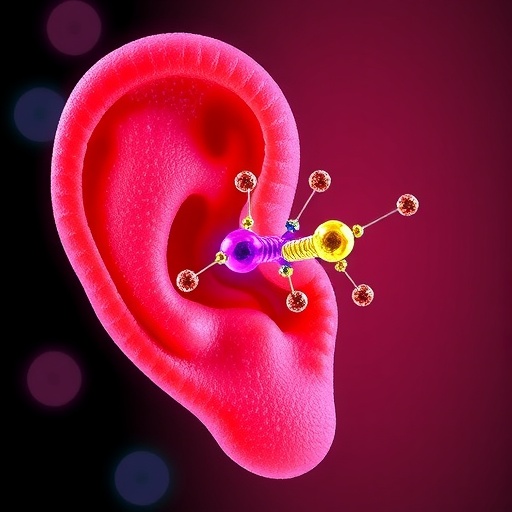PROTECT YOUR DNA WITH QUANTUM TECHNOLOGY
Orgo-Life the new way to the future Advertising by AdpathwayIn a groundbreaking investigation, researchers have unveiled the significant postbiotic activity of Akkermansia muciniphila supernatant against antibiotic-resistant Enterococcus faecalis. This revolutionary study highlights an urgent need to rethink our approach to combating antibiotic-resistant bacteria, which have become a major global health crisis. The findings put forth the potential of leveraging postbiotics—metabolites produced by probiotics—as therapeutic alternatives to traditional antibiotics. The results present a pivotal step forward in microbiome research, potentially redefining how we manage infections in a post-antibiotic era.
Enterococcus faecalis, a common yet troublesome bacterium, is responsible for a myriad of infections, particularly in hospital settings. Its escalating resistance to multiple antibiotic classes raises alarming concerns within the healthcare community. The emergence of such resistant strains leaves medical professionals with few viable treatment options, driving urgency to discover novel antimicrobial strategies. Researchers have explored various avenues, from plant-based antimicrobials to novel antibiotic formulations, but the focus on postbiotics showcases an innovative departure in therapeutic development.
The study centered on the supernatant derived from Akkermansia muciniphila, a bacterium that thrives within the human gut ecosystem. This microbe has gained prominence for its beneficial health properties, including enhancing gut permeability and modulating immune responses. Such characteristics have sparked curiosity among microbiologists and health professionals alike, emphasizing the potential role of A. muciniphila in not only gut health but also in systemic immunity and infection resistance.
Utilizing advanced techniques, the researchers isolated the supernatant from cultured Akkermansia muciniphila. Subsequently, they assessed its effects on various strains of Enterococcus faecalis. Through a series of meticulous experiments, they demonstrated that the supernatant exhibited remarkable antibacterial properties against resistant strains of this pathogen, suggesting a promising alternative to traditional antibiotics.
This mechanism of action is particularly fascinating. The researchers hypothesized that the metabolites and bioactive compounds present in the supernatant could disrupt bacterial cell membranes or interfere with critical metabolic pathways in the target bacteria. Further investigations will be essential to elucidate the precise nature of these interactions, but the initial findings indicate a compelling synergy between the postbiotics and the pathogenic bacteria.
Postbiotics, in contrast to probiotics, are the bioactive compounds produced during fermentation. They include a diverse array of molecules ranging from short-chain fatty acids to functional proteins, and their activity often extends beyond mere antimicrobial effects to include immune modulation and enhancement of gut barrier functions. This duel role might indeed provide a wider therapeutic window, mitigating the risks associated with antibiotic therapy such as dysbiosis and disturbance of the microbiome’s balance.
Given the limitations of conventional antibiotic treatments, particularly for Enterococcus faecalis, the implications of this research extend beyond mere academic interest. The data support a novel paradigm in how microbial interactions can be harnessed to develop effective treatments for infections that currently pose significant health challenges. The therapeutic applications of these findings could reach beyond just bacterial infections to impact broader areas including chronic inflammatory conditions or metabolic diseases where gut health plays a crucial role.
As experts in the field examine the translational potential of these findings, the move from laboratory bench to bedside will involve further rigorous clinical testing. Human trials will be necessary to determine the efficacy and safety of using Akkermansia muciniphila supernatant in treating infections. However, what remains apparent is that the results provide a strong foundation for advancing postbiotic research as a viable competitor in the race against antibiotic resistance.
Certainly, addressing the growing menace of antibiotic resistance requires a multifaceted strategy. This study is a shining example of how researchers can look towards the gut microbiome for novel solutions that align both with nature’s designs and technological advancements in biology. As more evidence mounts, the pathway forward will undoubtedly encompass a more integrative view of health, recognizing the complex interplay between host microbiota and pathogenic organisms.
Further discoveries and innovations are anticipated as researchers continue to explore not only Akkermansia muciniphila but other beneficial microbes that can yield similar therapeutic outcomes. Promising leads may well emerge from the burgeoning fields of synthetic biology and metagenomics, providing tools to engineer beneficial strains capable of delivering sophisticated therapeutic modalities. The future of infection treatment could one day reside within an optimized blend of probiotics, prebiotics, and postbiotics, creating a new frontier in personalized medicine.
The importance of this research cannot be overstated. In a world where antibiotic overuse and resistance is the new norm, finding alternatives offers hope for patients and practitioners alike. The findings surrounding Akkermansia muciniphila represent a significant stride toward innovative healthcare solutions that respect and utilize the complexity of our microbiomes. As the scientific community rallies around this opportunity, the collective ambition will surely bolster efforts towards overcoming one of modern medicine’s most pressing challenges in public health.
As we stand on the brink of this new dawn in microbial therapeutics, the exciting prospects of Akkermansia muciniphila pave the way for an era where alternatives to antibiotics could eventually lead to safer, more effective treatments. In addition to its postbiotic properties, this bacterium serves as a symbol of hope, encapsulating the belief that the natural world can provide us with answers to our most daunting medical dilemmas. The future of infection control may lie in the hands of the microbiome, and the time is ripe to explore its untapped potential.
Subject of Research: The postbiotic activity of Akkermansia muciniphila supernatant against antibiotic-resistant Enterococcus faecalis.
Article Title: Postbiotic activity of Akkermansia muciniphila supernatant against antibiotic-resistant Enterococcus faecalis.
Article References:
Başaran, S.N. Postbiotic activity of Akkermansia muciniphila supernatant against antibiotic-resistant Enterococcus faecalis.
Int Microbiol (2025). https://doi.org/10.1007/s10123-025-00733-9
Image Credits: AI Generated
DOI: https://doi.org/10.1007/s10123-025-00733-9
Keywords: Akkermansia muciniphila, postbiotics, Enterococcus faecalis, antibiotic resistance, microbiome, therapeutic applications.
Tags: Akkermansia muciniphila supernatantantibiotic-resistant Enterococcus faecaliscombating antibiotic resistancegut health and immunityhospital-acquired infectionsmicrobiome therapeutic developmentnovel antimicrobial strategiesplant-based antimicrobials researchpostbiotic activity in microbiome researchprobiotics and postbioticsredefining infection managementtherapeutic alternatives to antibiotics


 7 hours ago
11
7 hours ago
11





















 English (US) ·
English (US) ·  French (CA) ·
French (CA) ·